Calculus Assignment: Proving Integral Convergence/Divergence
VerifiedAdded on 2023/01/23
|10
|1170
|22
Homework Assignment
AI Summary
This calculus assignment delves into the analysis of integral convergence and divergence. The student provides detailed solutions to prove whether various improper integrals converge or diverge. The assignment utilizes techniques such as integration by parts and limit evaluation to determine the behavior of integrals involving trigonometric functions and algebraic expressions. Each part of the assignment presents a specific integral, which the student then evaluates, demonstrating the application of relevant theorems and methods. The solutions include step-by-step calculations and justifications, providing a comprehensive understanding of the concepts. The assignment covers different types of integrals and applies various tests to determine convergence or divergence, including the comparison test and the properties of absolute values. The student also uses integration by parts to solve the integrals and introduces limits to evaluate the definite integrals. The assignment concludes with a reference to supporting materials, such as textbooks on calculus and linear algebra.
1 out of 10
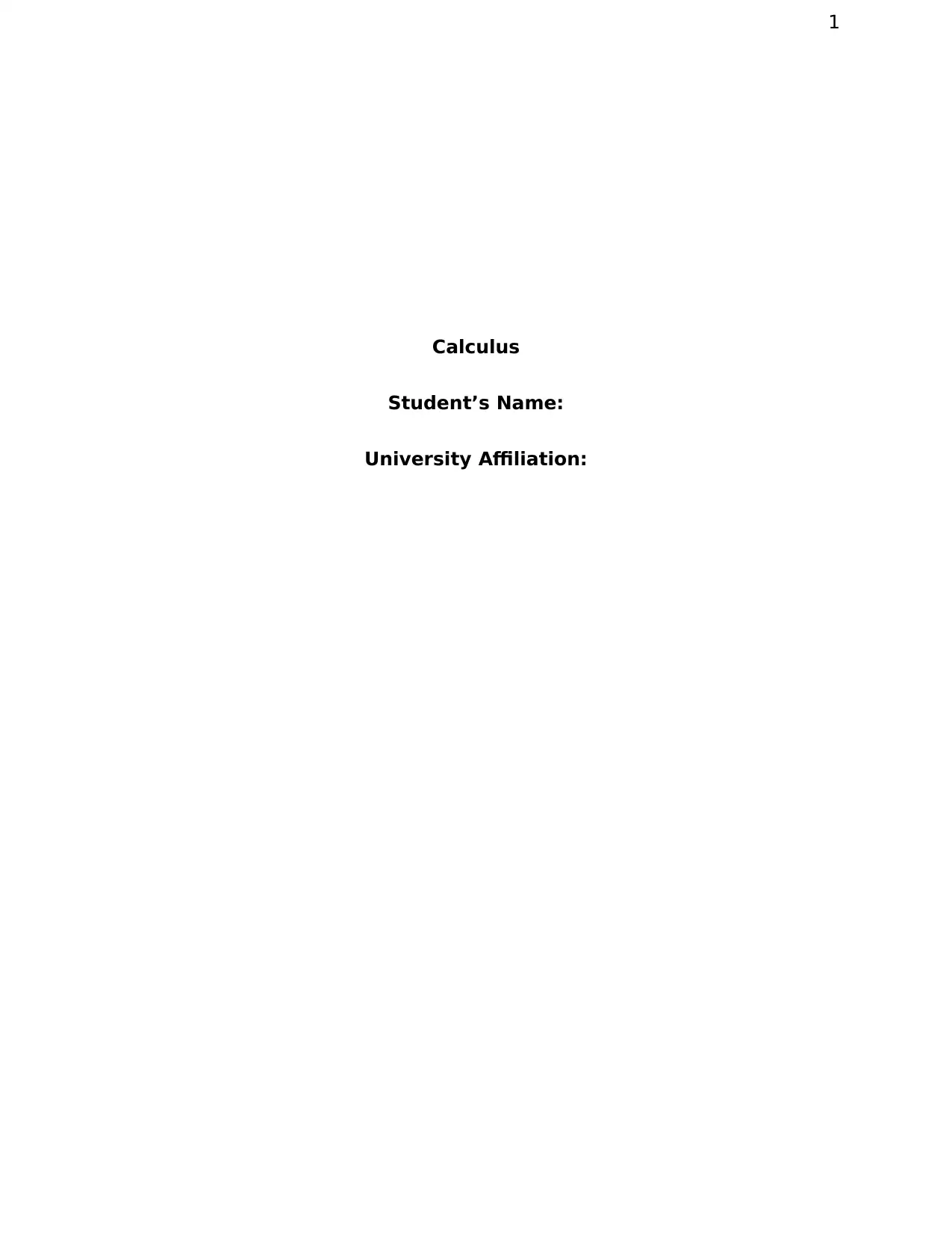
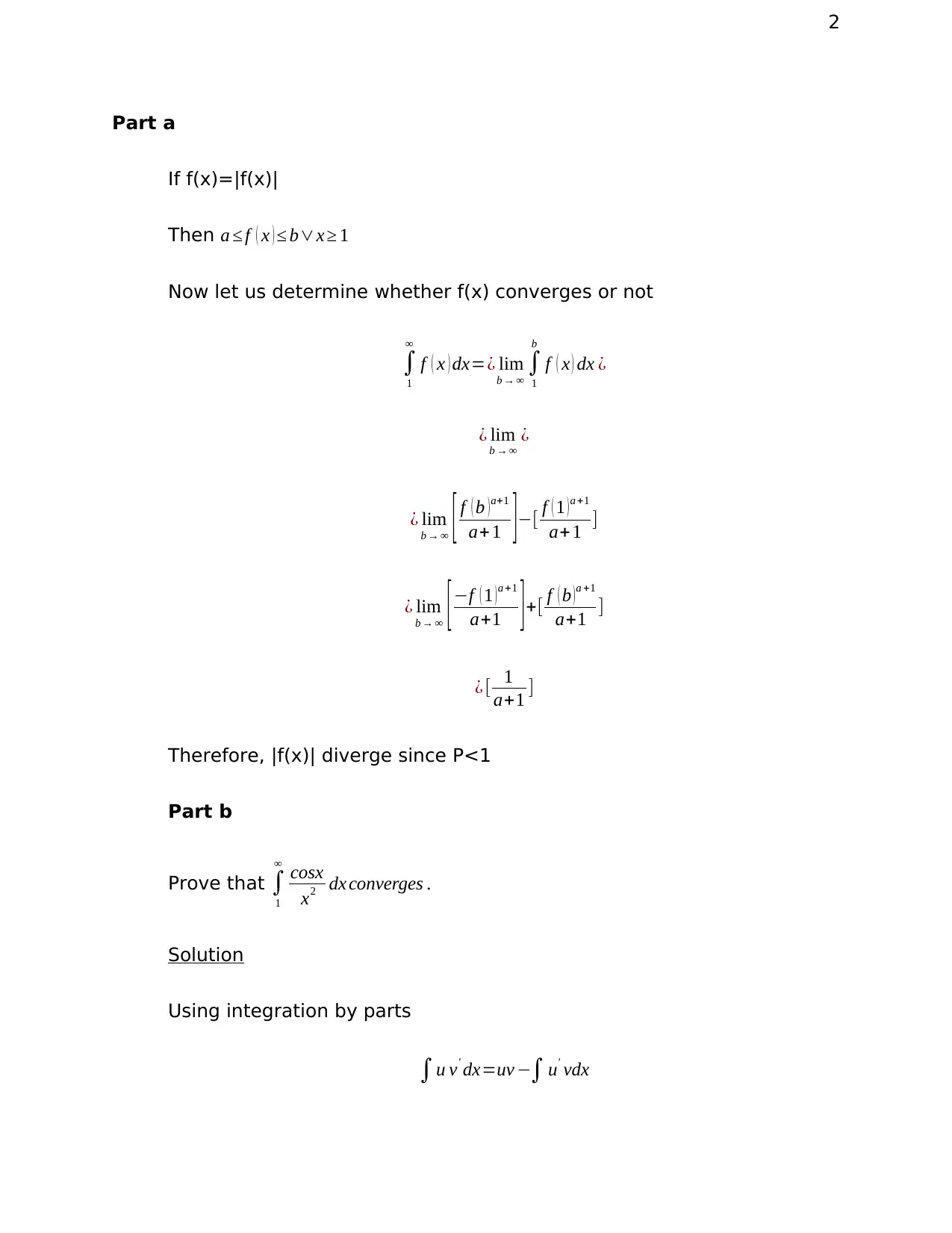
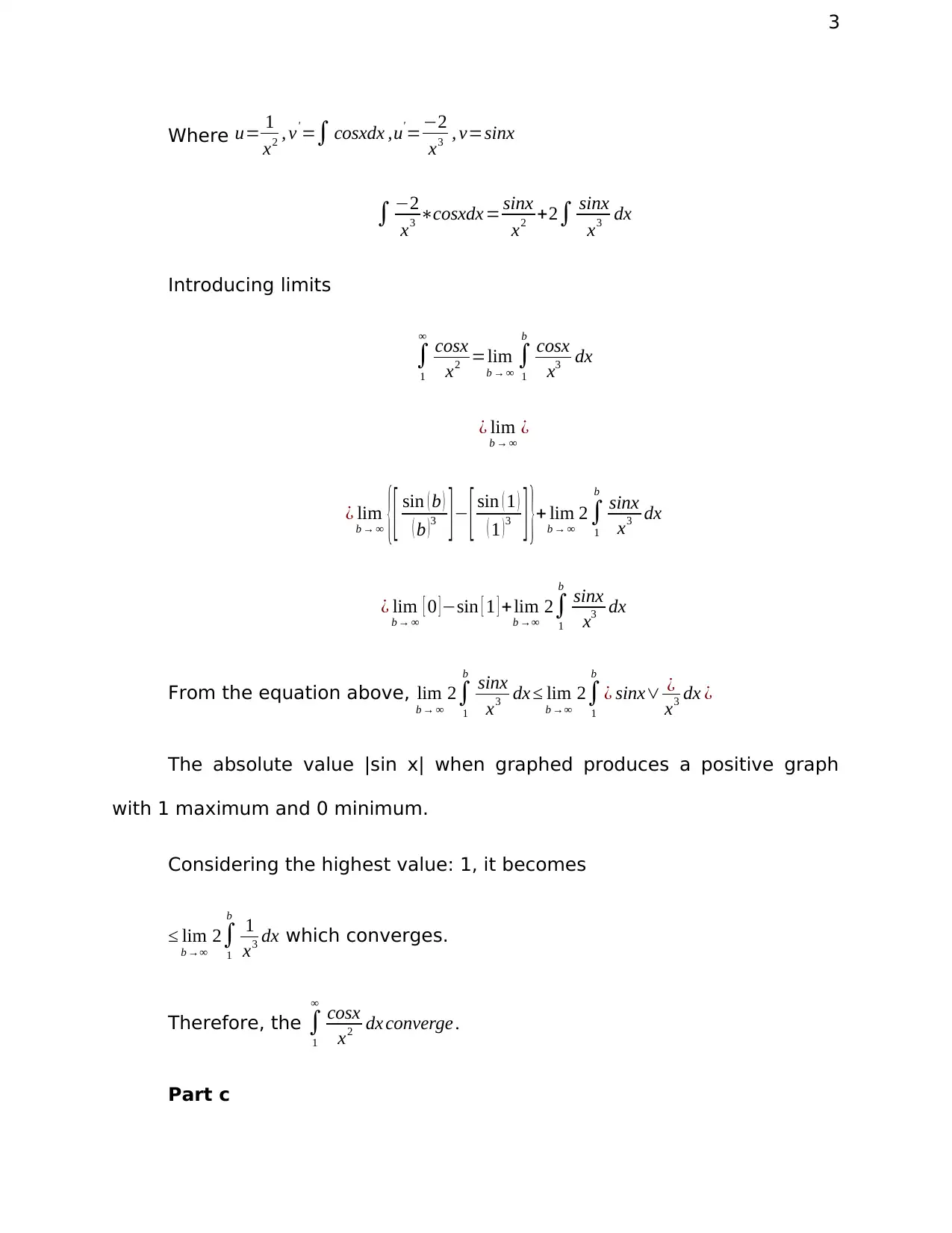

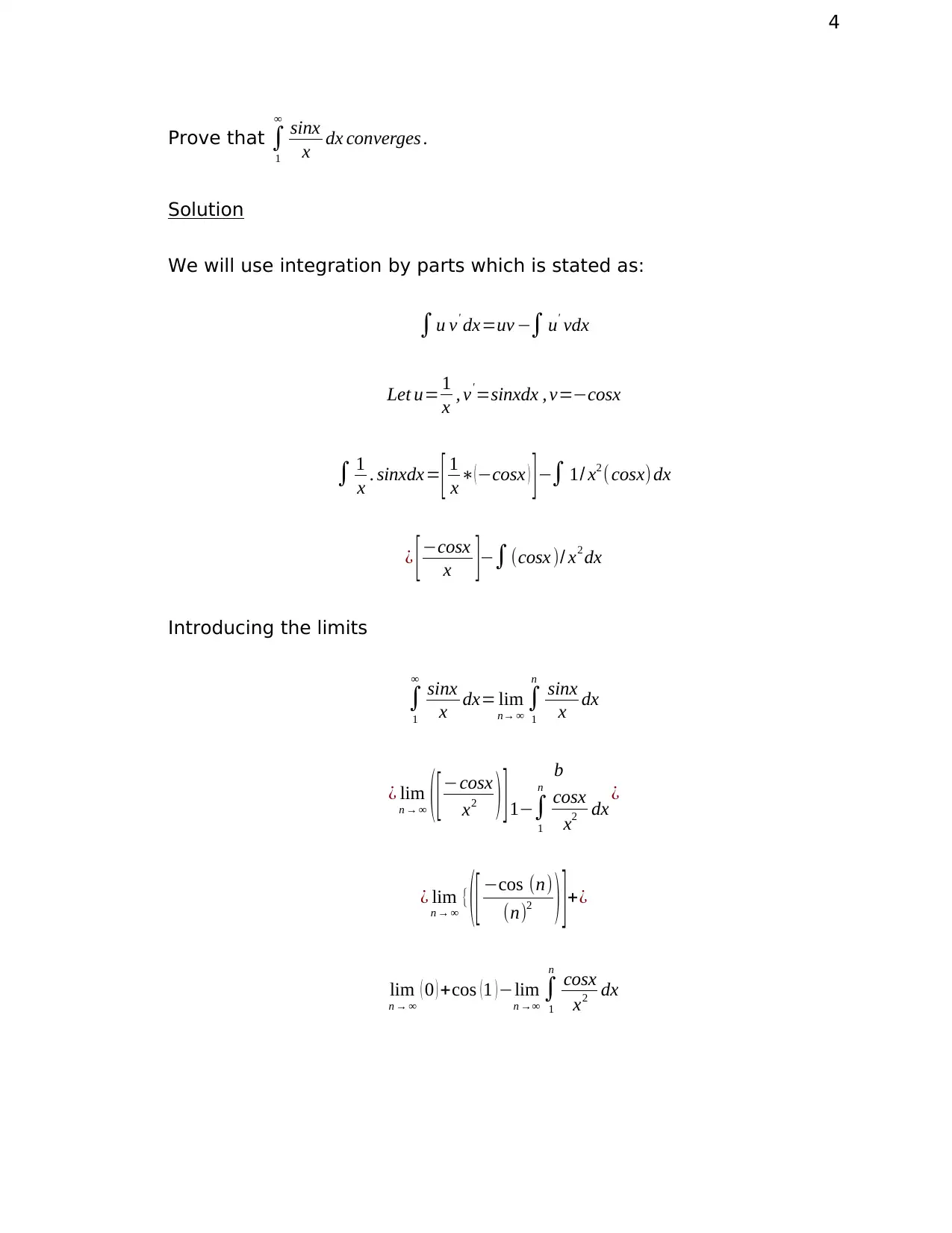
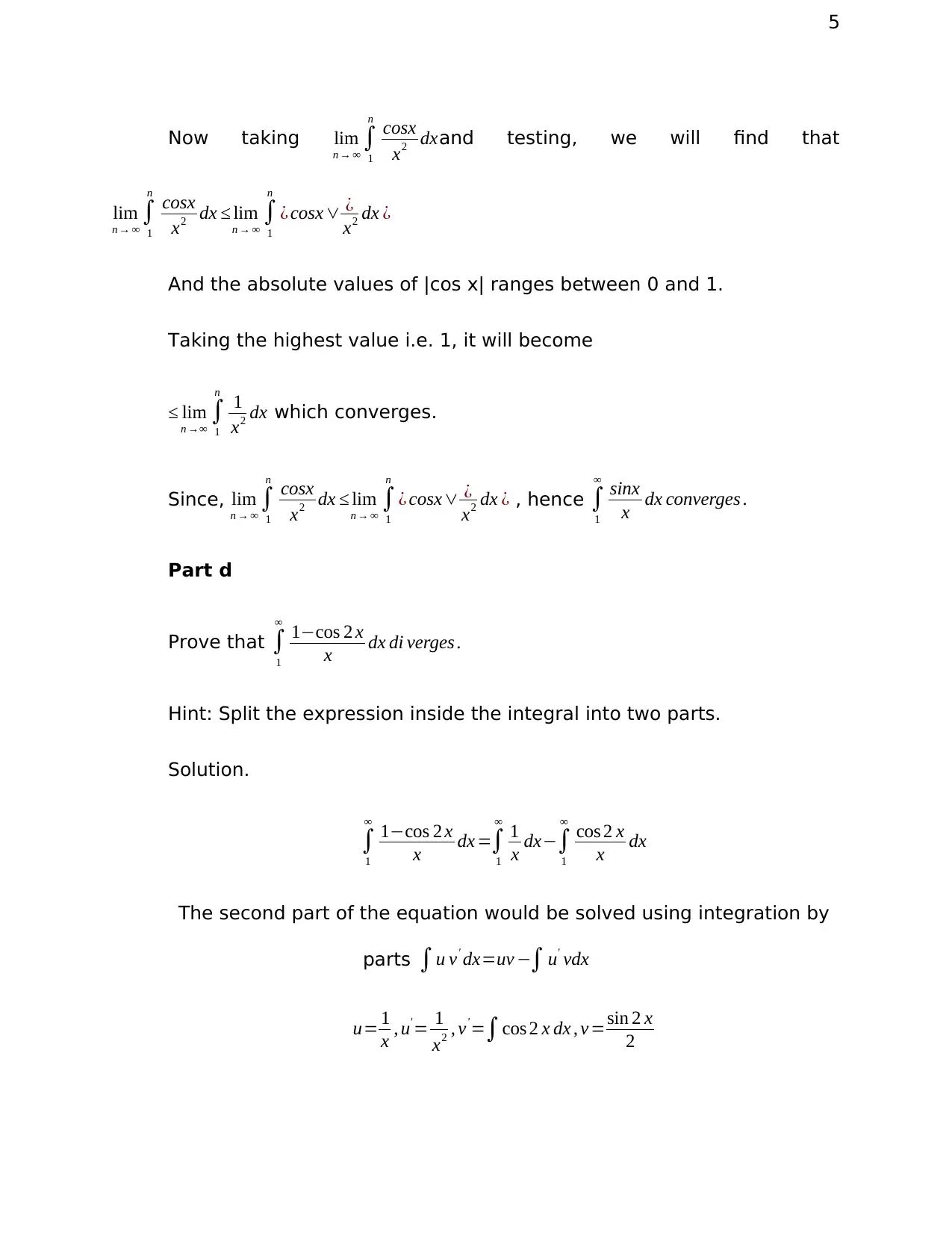
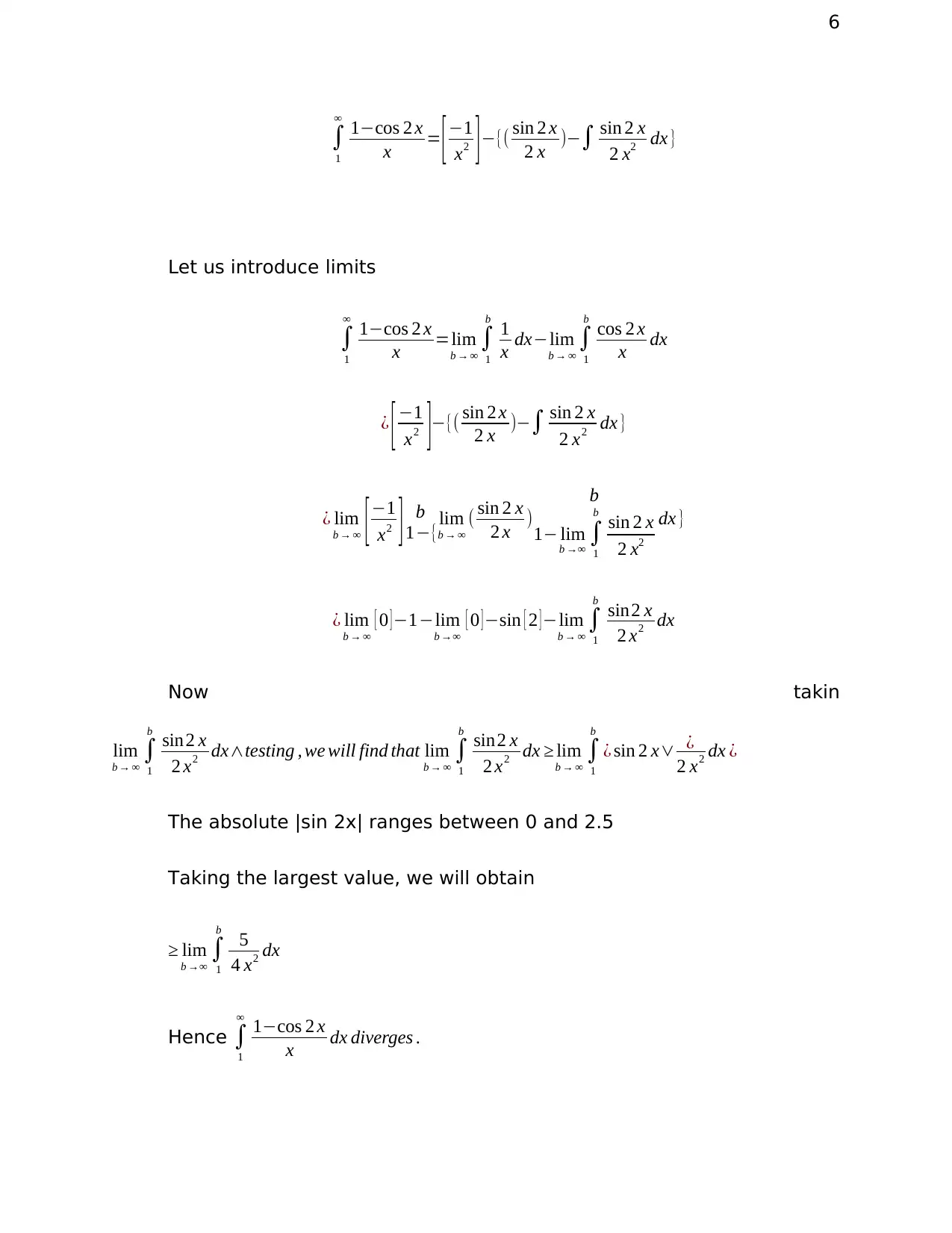
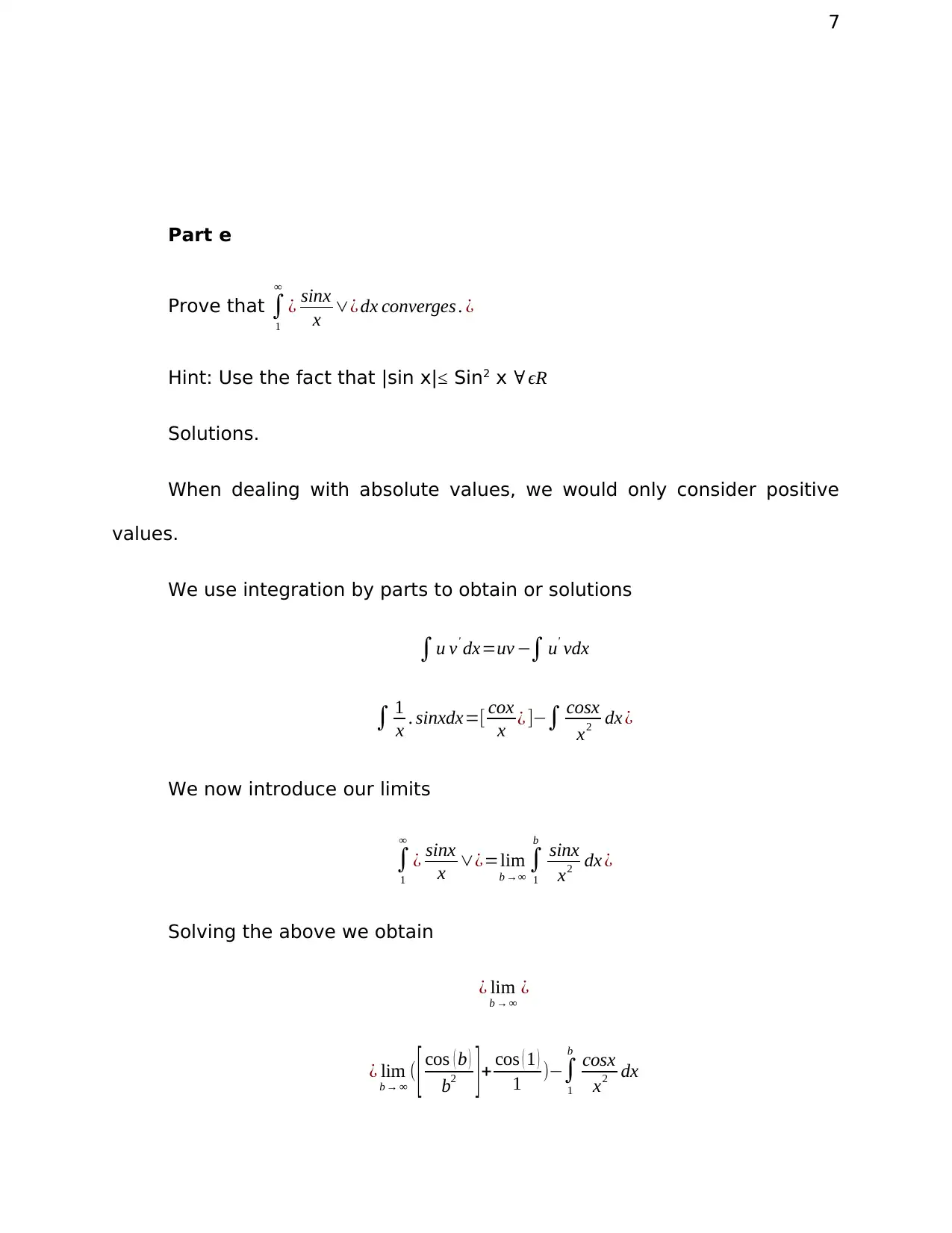
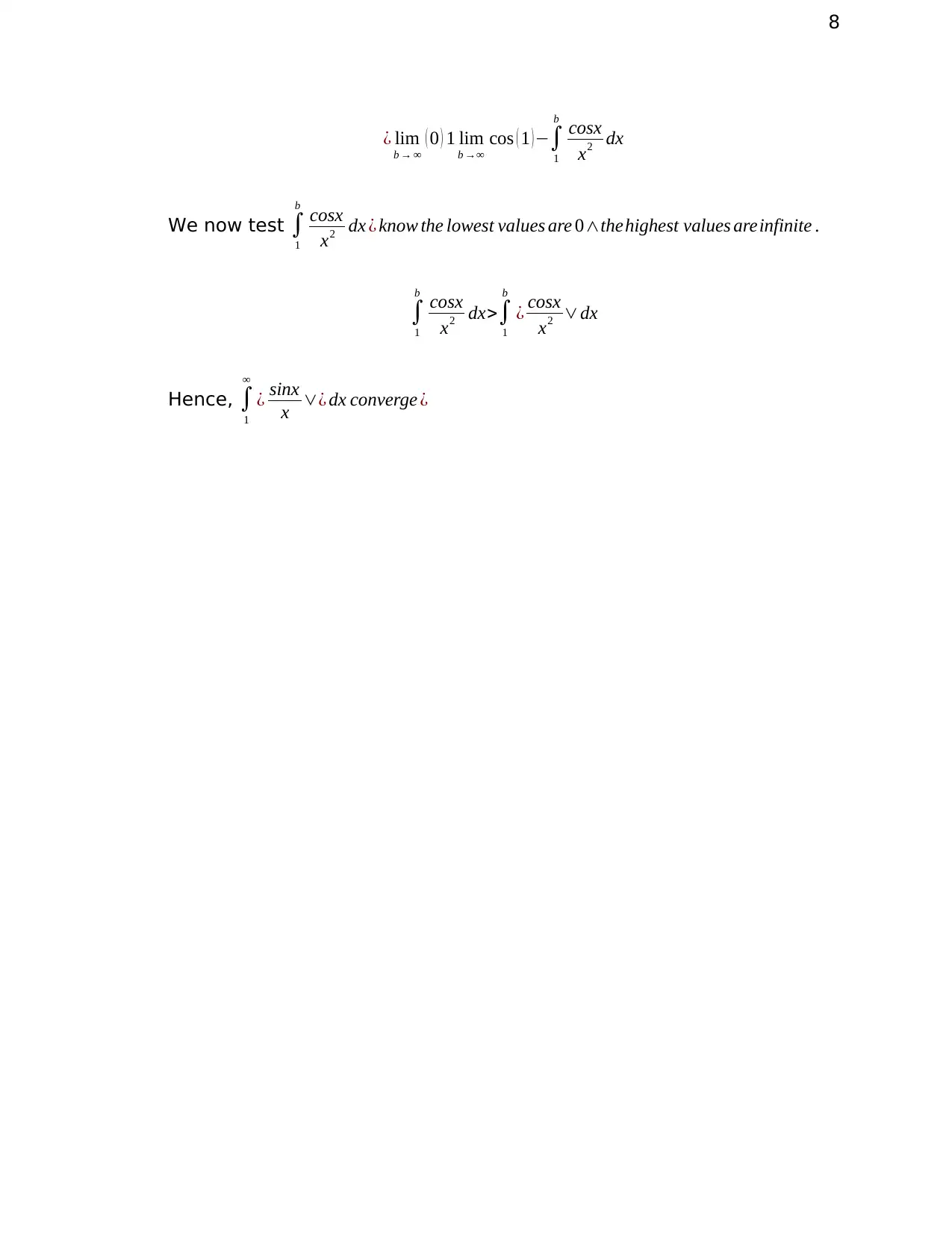
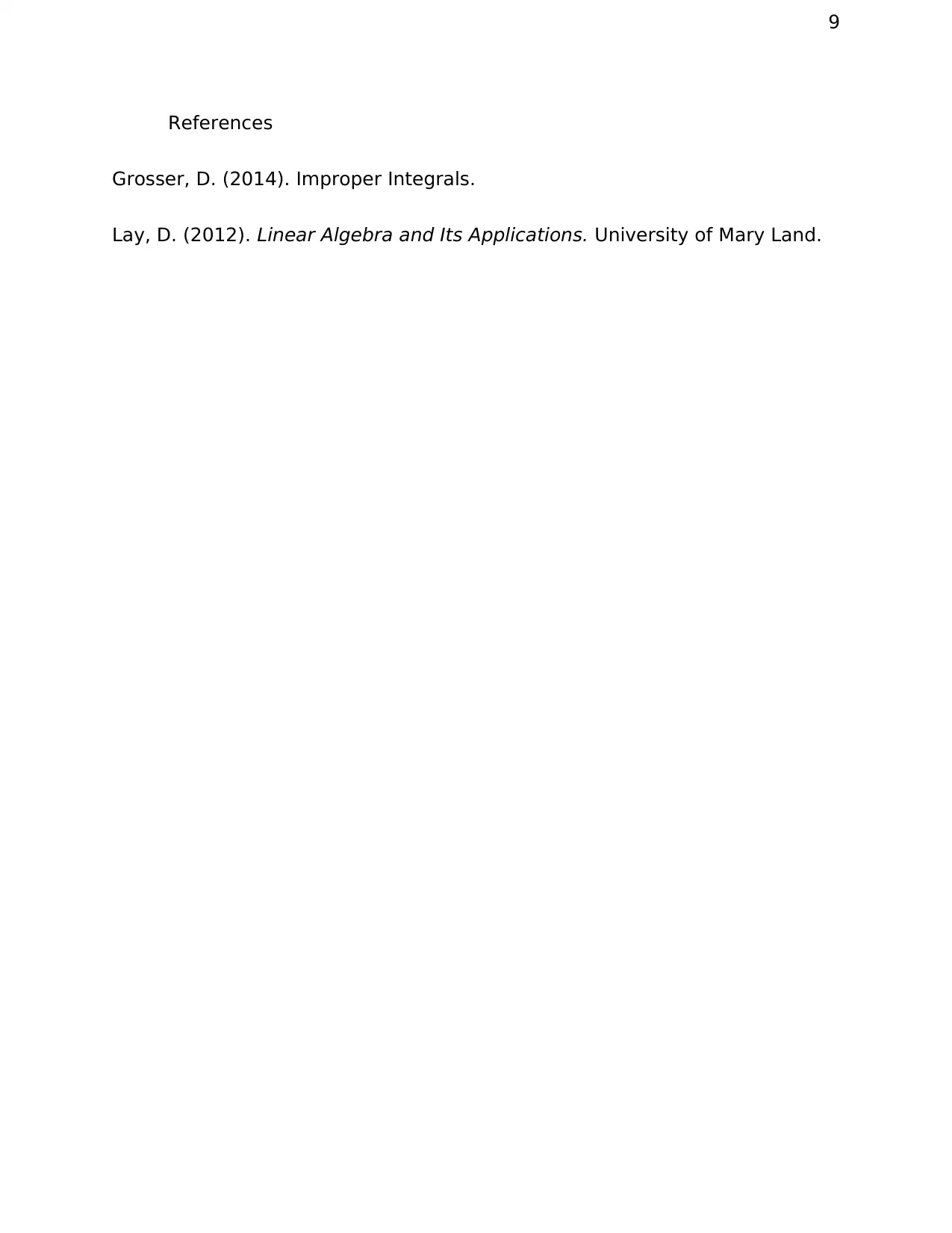
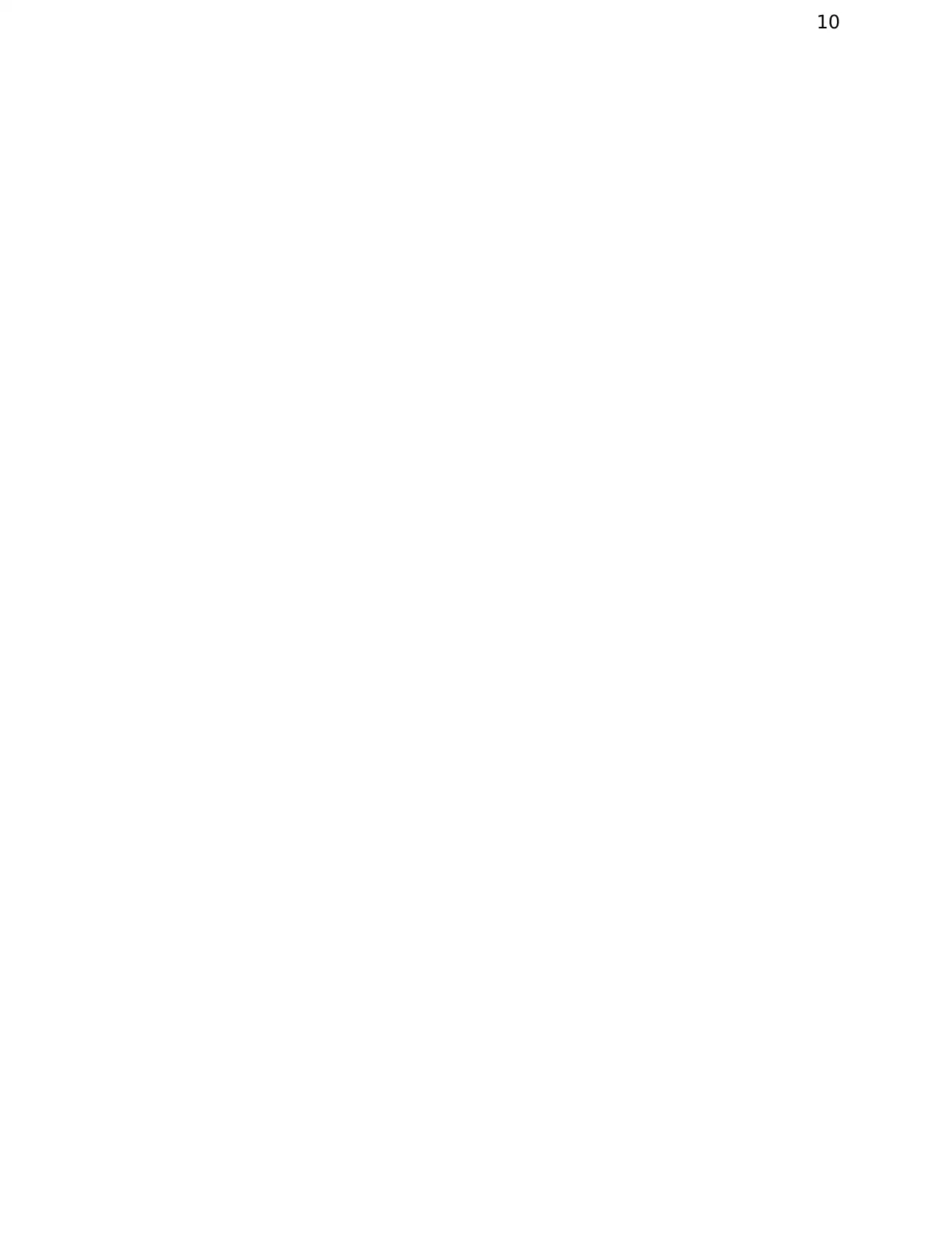






![[object Object]](/_next/static/media/star-bottom.7253800d.svg)